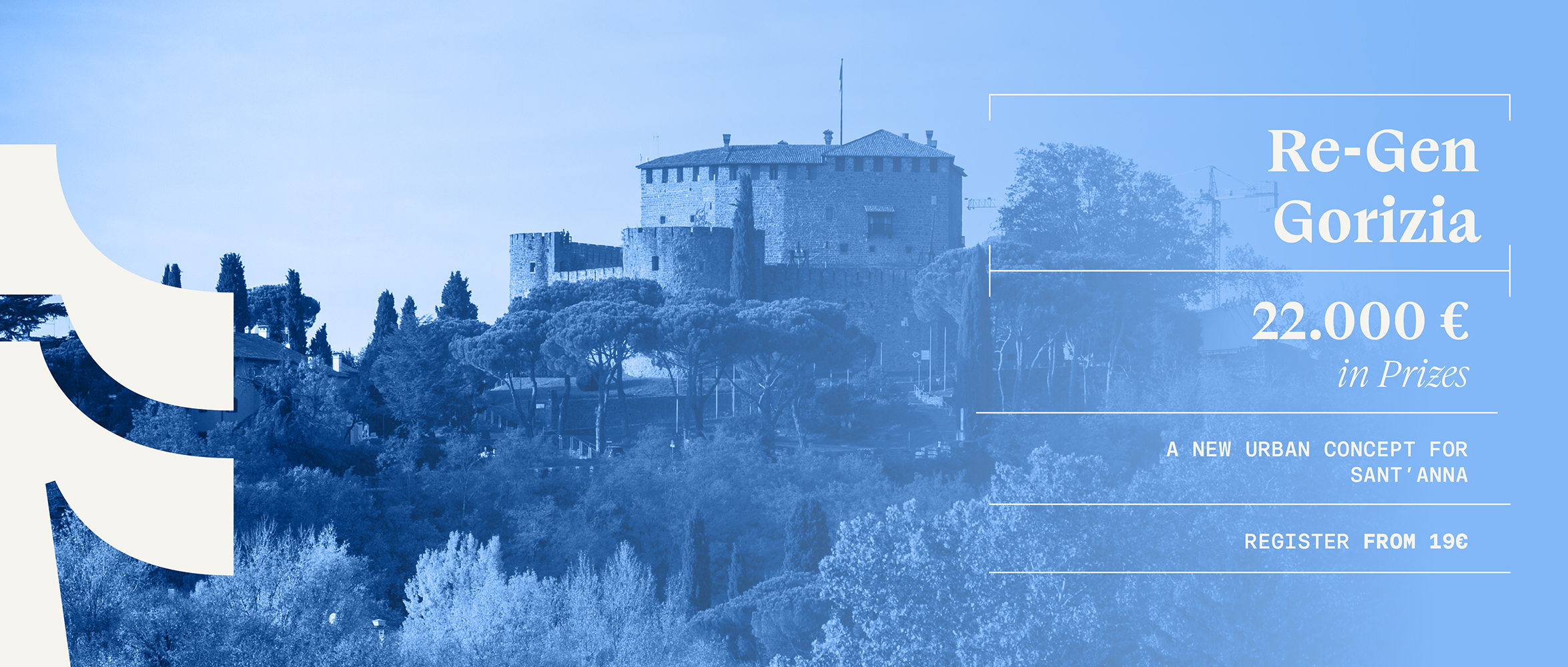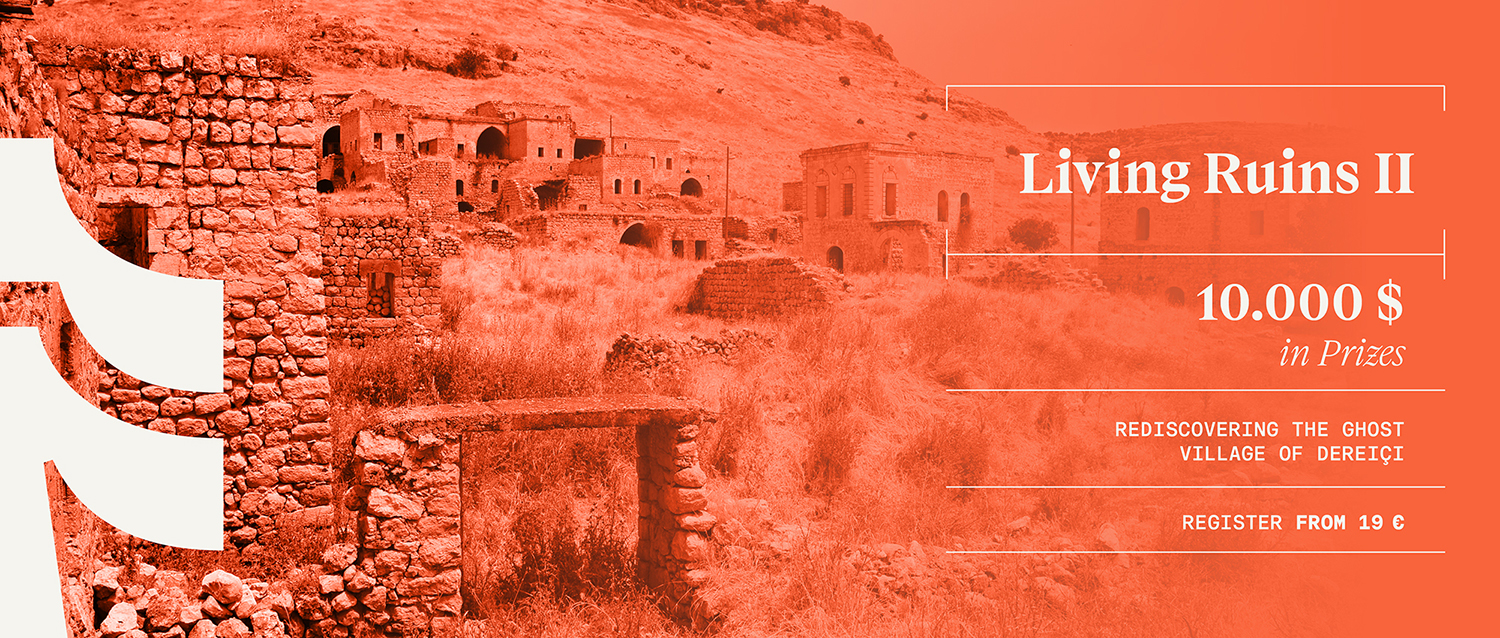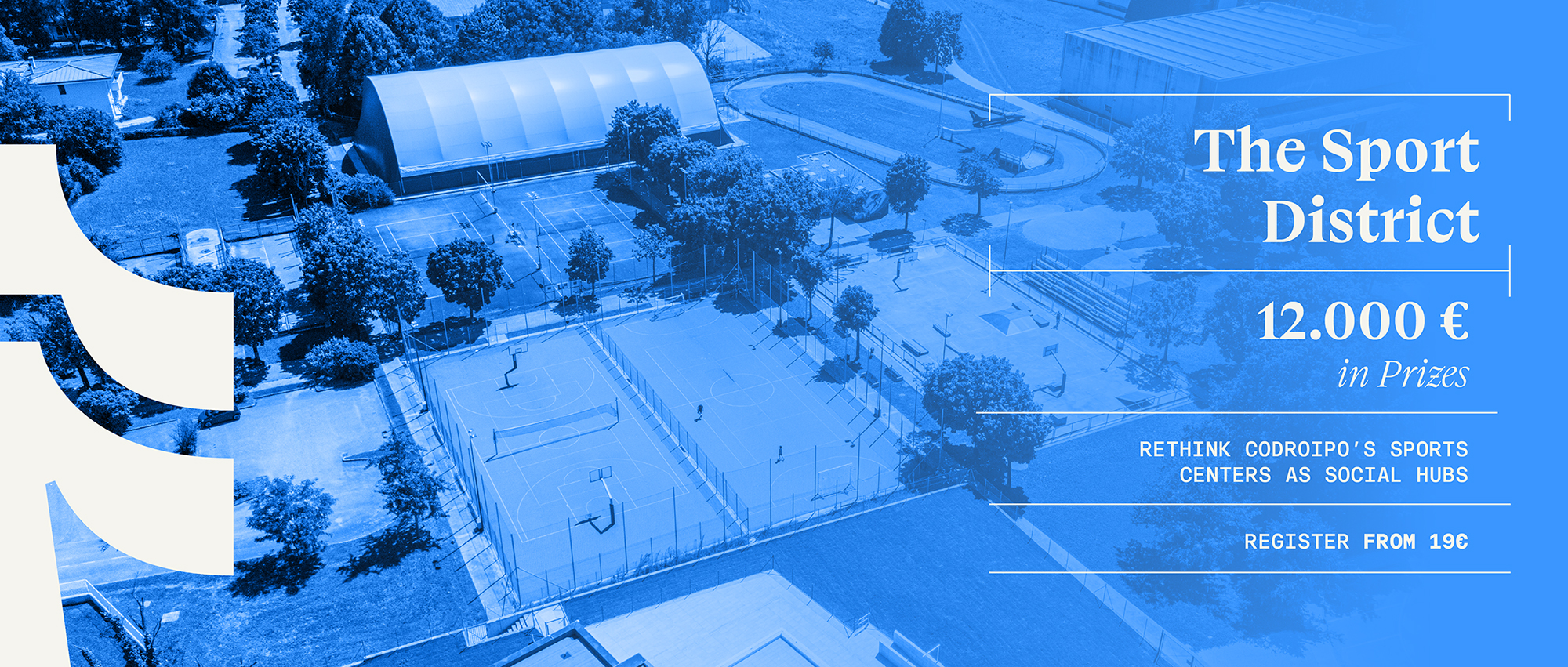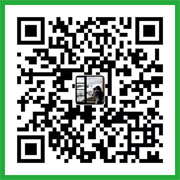作者/Writer:kadirbishara 2022.02.05
类型/Type:概念项目
地点/Location:China
功能/Program:Create a fantasy home for a minimum of 4 people and a maximum of 8 people in an imaginative setting
报名截止/Registration:2022.04.25
提交截止/Submission:2022.04.25
参赛资格/Eligibility
The competition is ‘OPEN’ – for students, offices and professionals (you are eligible to participate as a team of a combination of students and professionals, or as an individual)
报名费用/Entry Fee
Early Bird: 15 USD, Regular: 25 USD, Late: 35 USD
奖赏/Prize
- Winner x 1 = $1000 + Certificate + Publication in our Annual Issue + Blog Post
- Runners Up x 4 = $250 + Certificate + Publication in our Annual Issue + Blog Post
- Winning Entry will be transformed as a real NFT and sold online (and winner would earn 70% of the earnings from that NFT)
- Participation Certificates for All Teams
PREMISE
Non-fungible tokens have emerged as a prominent topic in 2021, attracting extensive media interest, due to their potential to transform various sectors.
NFTs have a wide variety of impact, covering artistic, technological, and financial interests, as well as having shocked the world.
As a consequence, it's no surprise that a slew of artists and producers have jumped on board to sell their digital works for astronomically high rates.
The fundamental advantage of NFTs is that they are immutable, which means that information stored on the blockchain cannot be easily edited or changed.
Cryptocurrencies are also non-fungible, which means they can't be replicated like other digital currencies like Bitcoin or Ethereum.
ISSUE
While the argument surrounding NFT art is clearly focused on the economics and politics of who gets to buy it, it has created an opportunity for artists to explore with a medium that had previously been disregarded for its potential and ethereal qualities.
For those who see blockchain as a possible opportunity for artists, the next logical step may be to speculate about NFTs spilling into architecture and the ramifications of their adoption for the design industry in the future years.
The architecture sector had already been undergoing significant changes since Covid, but what impact will a popular phenomenon have on the profession, which also requires funding, marketing infrastructure, and a brand framework available to artists and their customers in order to fuel the surge that has piqued the interest of many in the visual arts sector?
NFTs can be effective in two areas: design and architecture.
Virtual constructions and virtual locales were previously unimaginable. NFTs, on the other hand, have allowed manufacturers to create digital commodities that may be sold in a competitive market centered on cryptocurrency development.
NFTs appear to have started a cycle that will eventually culminate in the automation and monetization of digital assets and architecture.
Thanks to NFTs, architects may now develop home designs and evaluate the uniqueness of their work.
People work, play, and socialize in the Metaverse, which is a collection of different digital realities. We wish to contribute to its development by providing a storefront for people looking to enhance their profile, promote their ideas, or sell their work.
OBJECTIVE
Take complete control of your piece of art in this challenge, as NFTs allow us to rethink how we see art. Create a fantasy home for a minimum of 4 people and a maximum of 8 people in an imaginative setting (for the metaverse).
Imagine it as a residence where you would dwell if the Metaverse took over the planet.






















